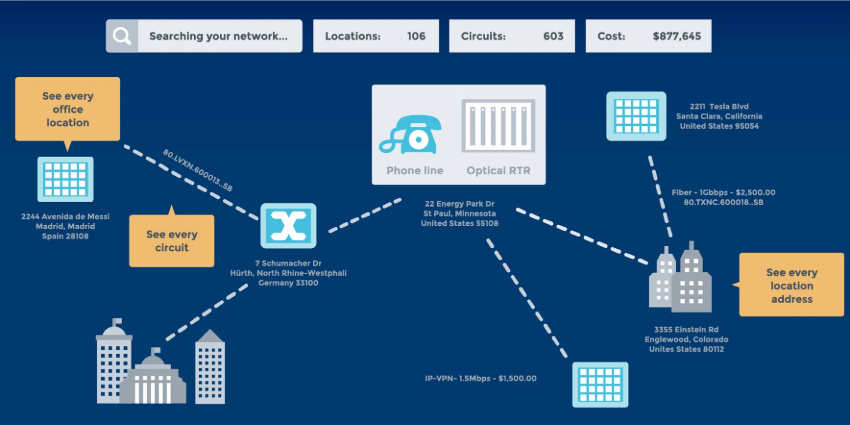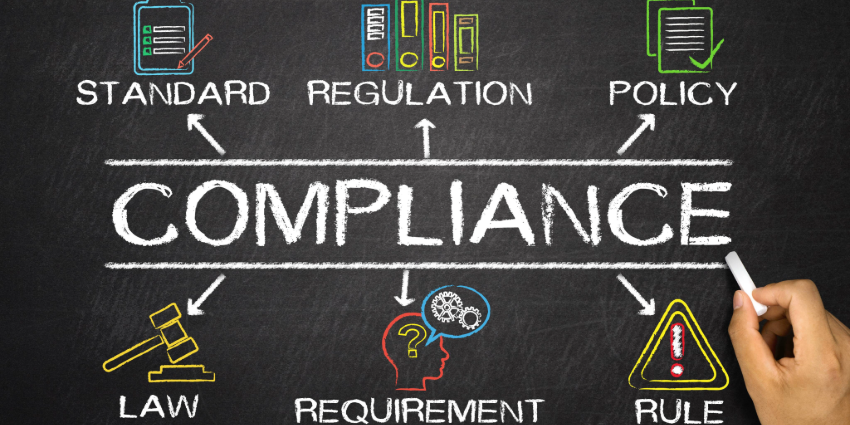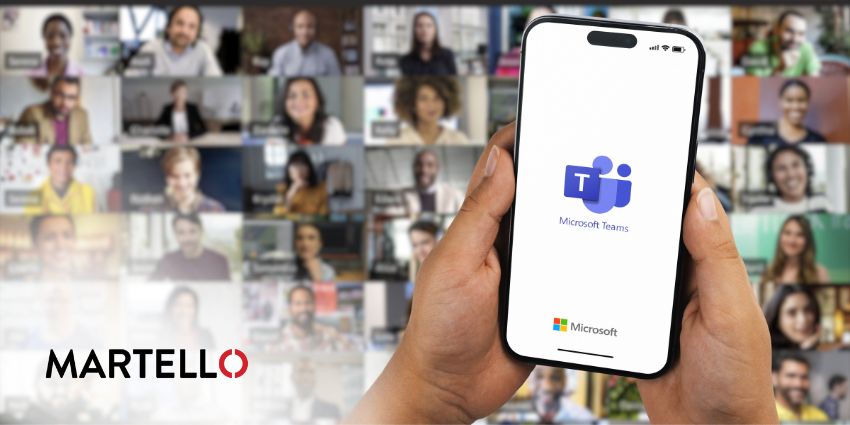Mitel is one of the biggest unified communications and collaboration (UCC) vendors in the world today, powering more than 2 billion connections per day. Among leaders in the UC environment, Mitel is constantly innovating and growing to deliver new solutions to its customers.
As part of our Strategic Insights Series for 2018, we spoke to Todd Abbott, the EVP of global sales and services at Mitel. He shared with us some very useful information about how the company has responded to the changes of 2017, how it’s preparing its partners for the future, and what it predicts will be leading the way for businesses in 2018.
What Lessons has Mitel Learned in 2017?
2017 has been a time of disruption and change for many of the big players in the UC market, and Mitel has been no exception. I wanted to know what “takeaways” Todd had established this year, and what Mitel has learned to go into the future.
“I think we’re going to look at 2017 as the final beginning of consolidation in the UC space. UC has been one of the slowest technology segments to consolidate, and companies around the world are beginning to invest in strategies that bring various technologies together. The UC players that haven’t been able to invest in collaboration portfolios are the ones that are losing their installed base. I think the ability of some brands to invest in R&D for their collaboration networks is what’s driving consolidation in the space. Businesses need the profitability of being a top player in the market to fund the R&D needed to meet the market’s demands for collaboration.”
What Were the Challenges for Mitel in 2017?
Mitel has made some significant movements in 2017 as part of its overall UC strategy. For instance, the recent acquisition of ShoreTel sparked a lot of conversation in the industry. I asked Todd what he considered to be the biggest challenges the business has faced this year.
“I don’t think the integrations were very challenging. They were obviously a lot of work, but when you acquire a company that’s very aligned and very similar in culture, the whole thing becomes much easier. When you consider the fact that some 90% of acquisitions fail in the world today, many of those failures are caused by problems with culture. For us, Mitel and ShoreTel were very similar, so they were a lot easier to connect.”
For Mitel, the biggest challenge for 2017 has been the incredibly fast move to the cloud.
“It’s happening in some markets faster than we expected. While we’ve been prepared for this challenge, it’s very complex for channel partners, and it’s about figuring out how to manage an on-premises business while helping customers and resellers make the shift into the cloud.”
What Challenges and Opportunities Do You See in 2018?
Obviously, 2017 has presented its fair share of challenges and opportunities for Mitel and vendors like them, but I was interested to learn what Todd considered to be the biggest factors in the year ahead.
“I think the challenges we all faced in 2017 will just pick up pace in 2018. There are new people approaching the marketplace all the time, particularly on the cloud side of things. There’s a lot of money going into channel partner consolidation just to enable them to build the capital structure they need to become a player in the cloud space.”
As the cloud continues to become more significant, Mitel believes that 2018 will welcome a lot of new entrants to the game, with consolidation taking place much faster than what we have experienced in the on-premises environment.
“If you want to be at the top in cloud, you need to have the capital to support the shift to an annuity business – that’s not a model shift for a meek business.”
Additionally, Mitel believes that there will be continued focus on security in the marketplace. Todd said:
“I think security is always going to be an issue. Most enterprises are running some applications in the public cloud today, and cloud providers need to be able to address regulations and laws, while ensuring their customers and partners have confidence in the integrity of their security options.”
What is Mitel Doing to Empower its Partners?
In a period that represents significant complexity and concern for channel partners, I wanted to know what Mitel is doing to help its partners move through digital transformation: “We’re looking to provide go-to-market models that allow our customers to support their business on an annuity basis, and still go to cloud. We’re working with some of our distribution partners to give the channel loans against their cloud contracts to facilitate their cloud transition.”
Partners outside of the cloud need help to move away from a Capex model, so the help of distribution partners could be essential to success in this era. Todd noted that while it’s not too late to think about getting ready for, or moving into the cloud, it’s time to start making some decisions.
“If you’re still just standing on the sidelines as a partner, 2018 is going to be the year where you have to get in the game. Otherwise, you risk missing the market shift. Another thing to consider is that a lot of companies are still looking for an alternative to the rip and replace model with the cloud. Instead, the dynamic is shifting to a place where customers want a more hybrid solution.”
What are Your Top Tips for CIOs Going Forward?
As we drew our conversation to a close, I asked Todd to share some of his top tips for CIOs in this disruptive marketplace. He noted that making decisions about finding the best platform for your business today is a different process to the one we once had.
“You have a bunch of general-store collaboration providers out there, and it’s easy for some customers to assume that size guarantees success. My advice is that you shouldn’t assume that size is equated with a vendor able to provide the collaboration advantage you require. Experience has taught us that the size of technology does not guarantee innovation success.”
The other concern that Todd wanted to address was the rising focus on IoT, connected devices, and mobile workers:
“Businesses need to think about implementing an architectural approach that enables collaboration with IoT and mobile workers. Up to this point, collaboration hasn’t really touched on enough people. As more and more connected objects and devices come online, there’s going to be a focus on using the data that those devices deliver, and implementing it with a real-time strategy where companies can send information out to the right people at the right time. You’ll need to think about how your UC architecture will allow you to bring mobile components into your workforce, and incorporate real-time IoT.”







